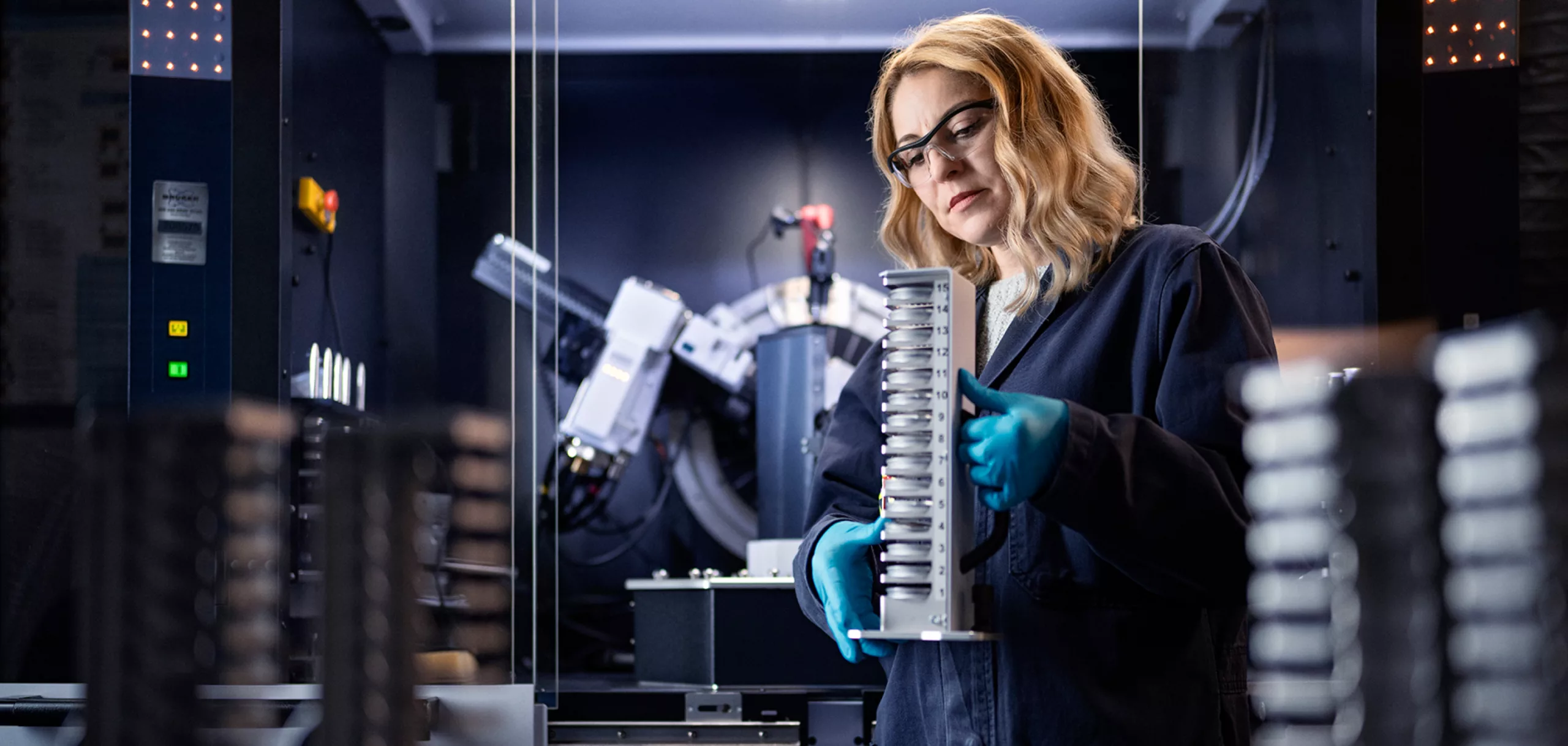Carbon capture and storage (CCS) safety
Carbon capture and storage, or CCS, is a process used around the world, including here in Canada. Alberta in particular has experience and expertise in the safe construction and operation of large-scale CCS projects. Safety considerations are built into each stage of the process.
A multi-layered safety system
The Pathways Alliance members’ proposed CO2 transportation network and storage hub will have a multi-layered safety system based on decades of technical experience and scientific research. It will also follow regulations set out by the Canadian Standards Association. This storage hub will also be assessed and approved by the Alberta Energy Regulator (AER), and will follow its Monitoring, Measurement and Verification (MMV) principles.
When creating a CCS network, engineers and geologists must consider and plan for various safety scenarios. This process begins at the planning stage and continues throughout the full life of the network.
The first layer of the safety system is identifying and preventing risk. Risk management begins at the design stage and continues through construction and operations. Engineers and other experts must build multiple safety measures into these plans.
The second layer in the safety system is careful and constant monitoring. The proposed CO2 transportation network and storage hub will have multiple monitoring points. This technology is placed along the underground transportation pipeline, at the CO2 injection site and down into the storage hub. Any unusual activity triggers an immediate alert.
The final layer of the safety system is response planning, as it’s essential to be prepared. If an incident occurs, detailed response plans that are regulated by the AER set out actions to mitigate its effects. If pipeline monitoring systems sense changes in pressure, they trigger an automated response. Valves turn off the affected section of pipe and stop the flow of CO2, while alerting a 24/7 control centre.
Emergency preparedness plans are developed following provincial and federal regulations and Occupational Health & Safety standards. Plans are submitted to regulators for approval and are tested through mock exercises with local and regional participation, including regulators.
The project proceeding is contingent upon obtaining sufficient fiscal and policy supports and regulatory approval.
Where is the network?
Our proposed CCS network would use a CO₂ pipeline to gather captured CO₂ from oil sands facilities in northeastern Alberta and move it to a planned storage hub near the Cold Lake area of the province. While we work through the regulatory application process, Canadian Natural on behalf of Pathways Alliance continues to meet with other local community members and landowners to share information about CCS and the proposed project.
Where is the carbon dioxide stored?
The proposed storage hub near the Cold Lake region of Alberta would be located more than one kilometre below the Earth’s surface, which is deeper than any freshwater sources.
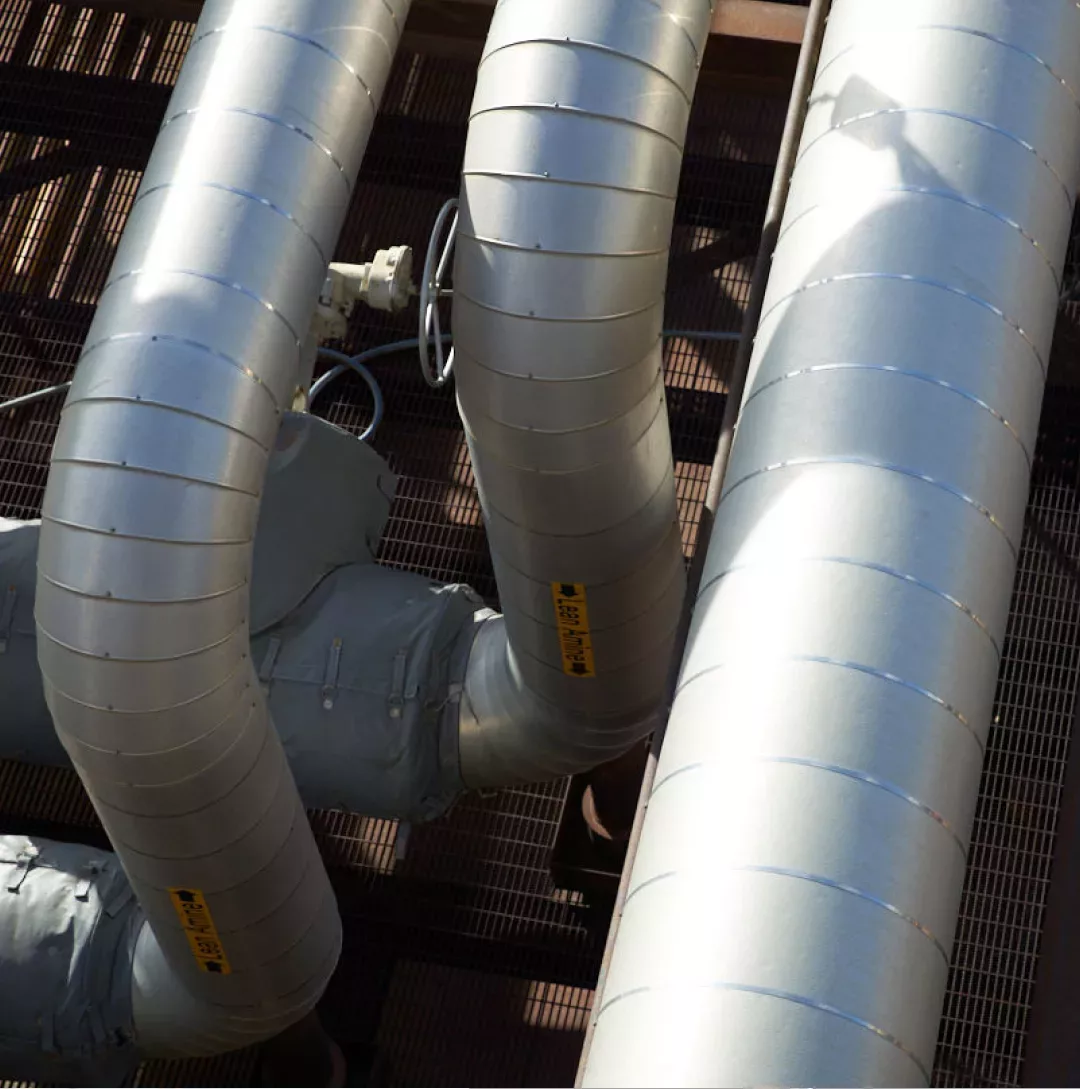
Monitoring
The Pathways Alliance members’ proposed CO₂ transportation network and storage hub will have multiple monitoring points. This technology is placed along the underground transportation pipeline, at the CO₂ injection site and down to the storage hub. Any unusual activity triggers an immediate alert.
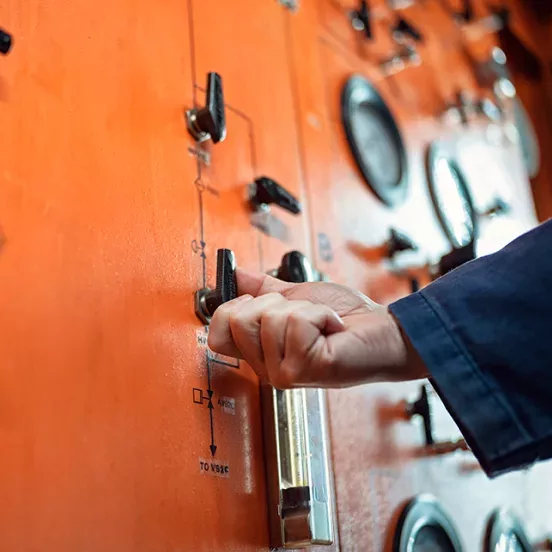
Pipeline safety and emergency
management planning
June 2025
Learn about pipeline safety and emergency preparedness for the Pathways CO2 Transportation Network and Storage Hub Project.
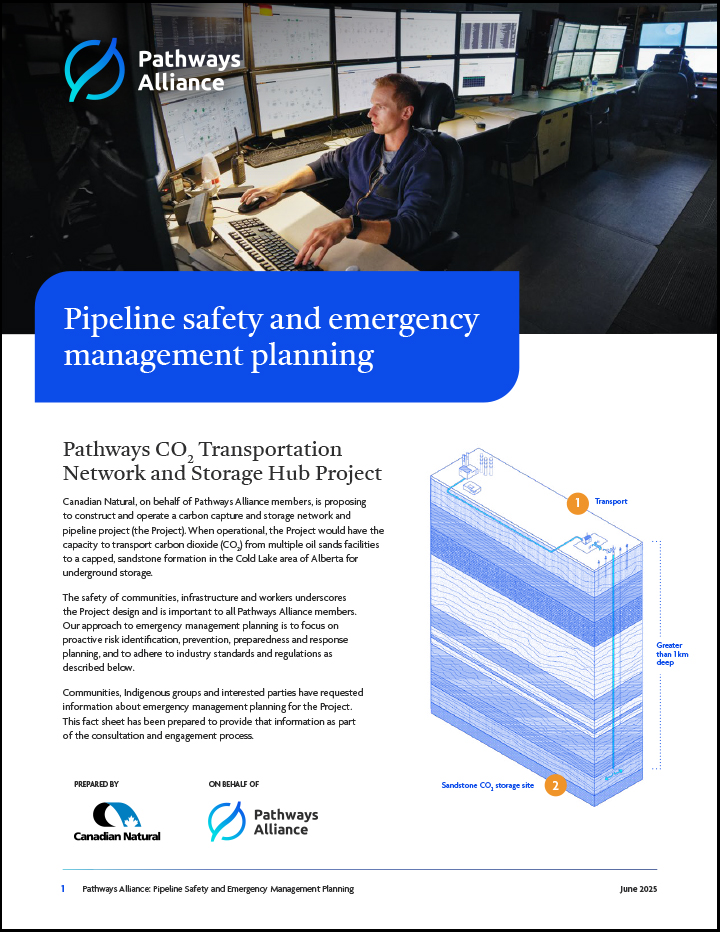
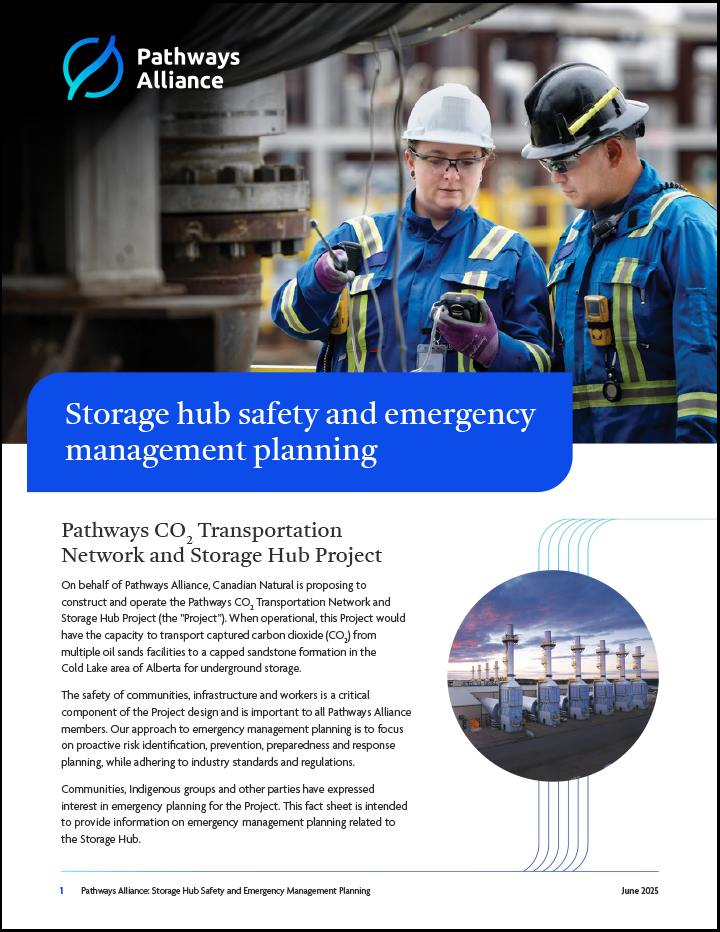
Storage Hub Safety and Emergency Management Planning
June 2025
Learn about safety measures and emergency management planning for the Pathways CO2 Transportation Network and Storage Hub Project.
